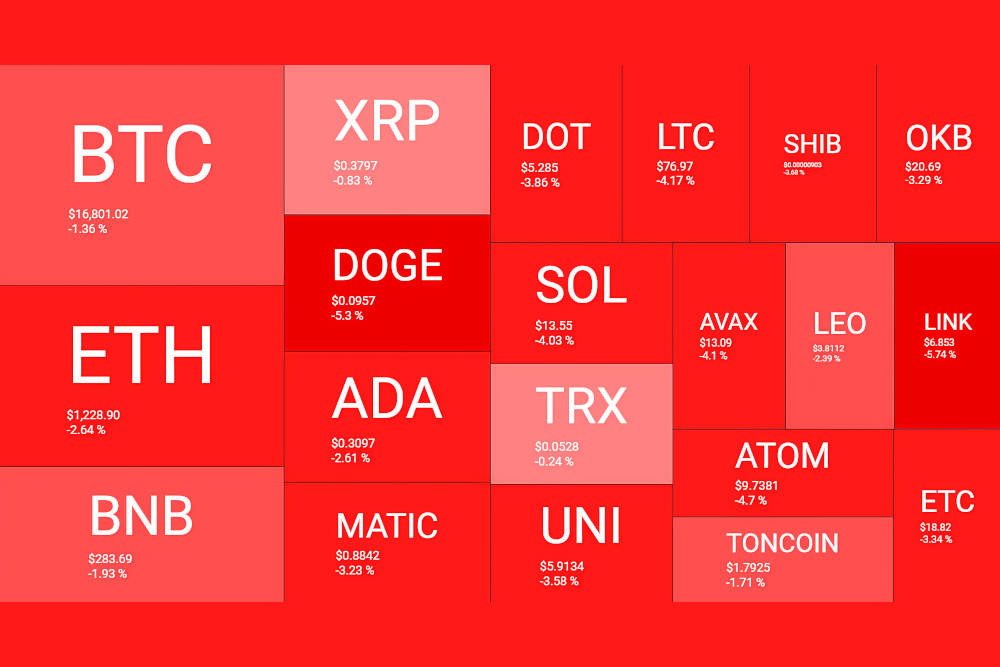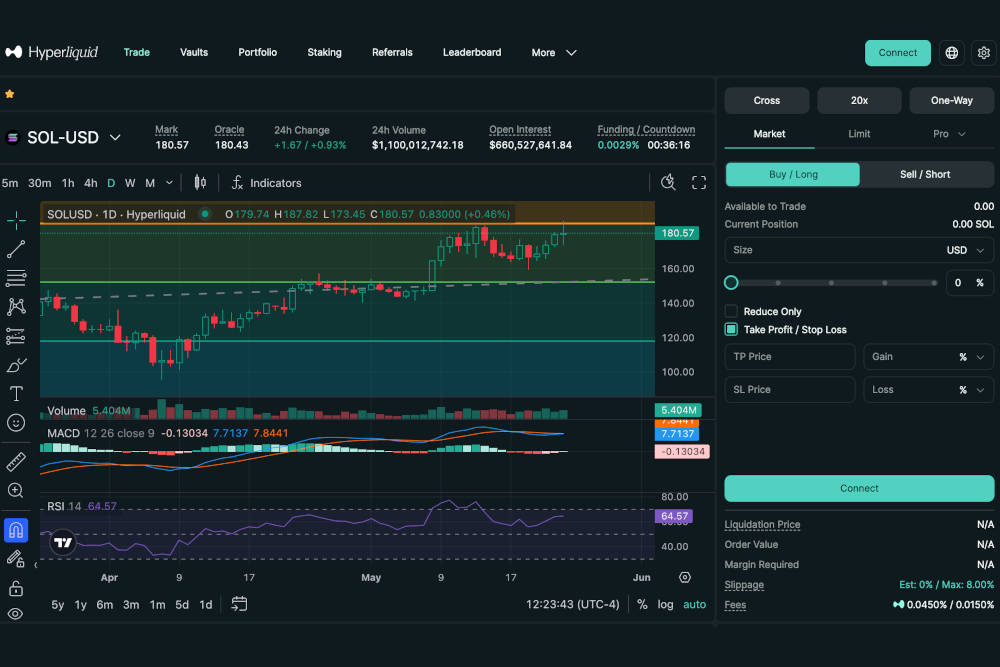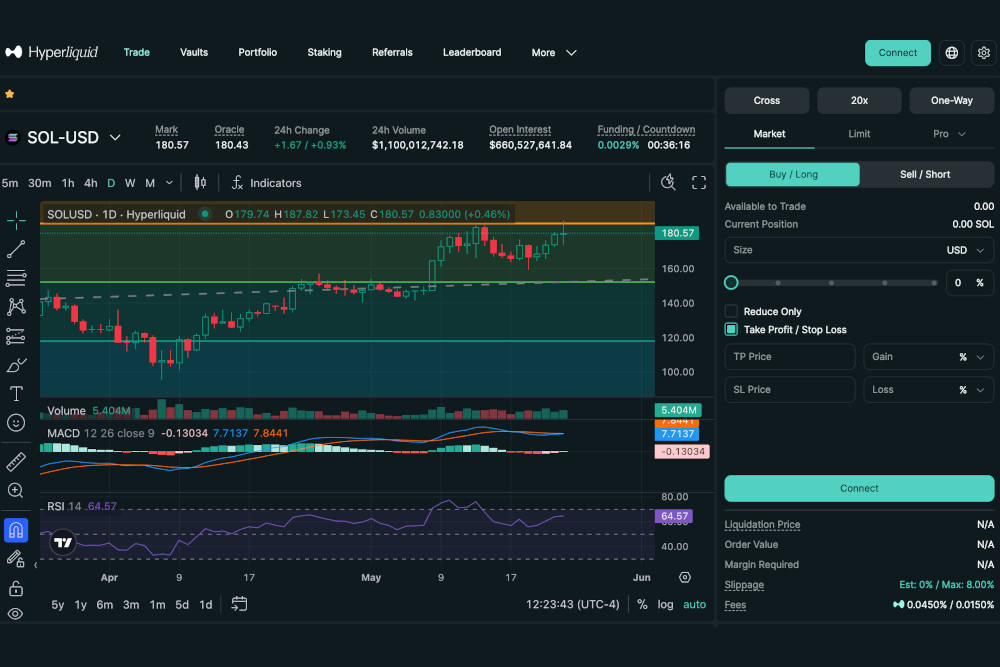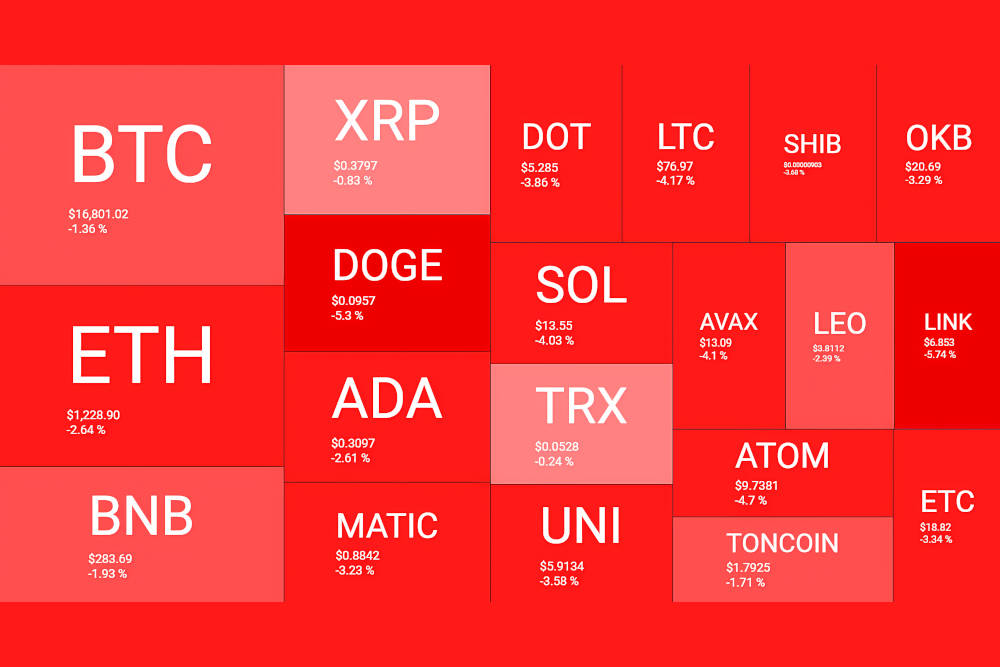
It’s impossible to predict with certainty whether a crash like the 2021–22 collapse will occur, but many analysts believe the probability is non-trivial. Whether it happens “next year” depends on how a mix of macro, market, and crypto-specific risk factors play out. Here’s a reasoned assessment of the risks, counter-forces, and scenarios:
Panaprium est indépendant et pris en charge par les lecteurs. Si vous achetez quelque chose via notre lien, nous pouvons gagner une commission. Si vous le pouvez, veuillez nous soutenir sur une base mensuelle. La mise en place prend moins d'une minute et vous aurez un impact important chaque mois. Merci!
Key factors that could trigger a crash
These are some of the major risk drivers that, if they worsen, could lead to a significant drawdown:
| Risk Factor | Mechanism of Damage | Current Warning Signs |
|---|---|---|
| Monetary tightening / central banks | If inflation stays sticky, central banks (especially the U.S. Fed) may resume rate hikes or delay cuts. That raises discount rates and makes risk assets (like crypto) less attractive. | Inflation remains elevated in many places; central banks are still cautious. |
| Liquidity withdrawal / tighter credit markets | If lending standards tighten, lenders reduce risk exposure, margin calls rise, and forced liquidations cascade. | Some signs of stress in credit markets; increasing yields on government debt. |
| Regulatory or policy shocks | New laws, crackdowns, or bans targeting crypto/DeFi could spook investors and force deleveraging. | Regulatory debates in the U.S., Europe, China, etc., are ongoing and unsettled. |
| Crypto-specific failures | Collapse of a major stablecoin, big protocol exploit, insolvency of large institutions (exchanges, hedge funds) could cause contagion. | Past episodes (e.g. Terra, FTX) show how fragile confidence can be. |
| Correlation to equities / macro risk | Bitcoin and crypto are increasingly correlated to tech stocks and “risk assets.” A sharp equity selloff could drag crypto down. | Markets are volatile; economic growth seems patchy in many regions. |
Counterforces that could delay or soften a crash
These are factors that might reduce the odds or severity of a crash:
-
Institutional adoption & deeper infrastructure: More institutional capital, regulated products (ETFs, custody), and improved systems may stabilize downside volatility.
-
Better liquidity mechanics: As markets mature, larger order books, better market makers, and more robust protocols can reduce “flash crash” risk.
-
Pro-crypto sentiment / policy tailwinds: Favorable regulation or supportive announcements (e.g. clearer rules, central banks experimenting with CBDCs) could bolster investor confidence.
-
Delayed cyclical timing: Some analysts argue the traditional 4-year crypto “cycle” is stretching out, meaning the next major correction may come later than in past cycles. (CryptoPotato)
-
Halving “shock” dynamics: The reduction in new supply after a Bitcoin halving tends to support upward pressure (though this effect can be delayed or dampened by macro headwinds).
What analysts are currently saying
-
Some believe that the next major downturn might come around 2026 rather than 2025, based on macro cycles and increasing complexity in markets. (BeInCrypto)
-
Some models warn that entering the “third year” after a halving historically sees outsized downside risk. (Seeking Alpha)
-
Others are more bullish in the near term (2025) but see 2026 as a likely “pause” or correction year. (Barron's)
Thus, while a crash is not guaranteed next year, many see 2026 (or the window around it) as a higher-risk period for a major correction.
My reasoned “scenarios” and probability sketch
Here are a few plausible scenarios:
-
Base case (moderate drawdown but not a crash): A 20–40 % decline in crypto during 2025 or 2026, triggered by modest central bank moves or regulatory shocks.
-
Bear scenario (crash): A 50–70 % drop, triggered by cascading failures in lending, a major stablecoin collapse, or abrupt tightening.
-
Bull extension: The rally continues into 2026–2027 before major correction, backed by institutional inflows, favorable regulation, and strong narrative.
Given current conditions, I’d estimate a moderate crash / deep correction has perhaps a 25–40 % chance over the next 12–24 months; a full-blown crash (like 2021–22 scale) is less likely in the next year but becomes more plausible toward 2026.
Cet article vous a-t-il été utile ? S'il vous plaît dites-nous ce que vous avez aimé ou n'avez pas aimé dans les commentaires ci-dessous.
Avertissement: Le contenu ci-dessus est fourni à titre informatif et éducatif uniquement et ne constitue en aucun cas un conseil financier ou d'investissement. Effectuez toujours vos propres recherches et envisagez de consulter un conseiller financier ou un comptable agréé avant de prendre toute décision financière. Panaprium ne garantit ni n'approuve nécessairement le contenu ci-dessus, et n'en est en aucun cas responsable. Les opinions exprimées ici sont basées sur des expériences personnelles et ne doivent pas être considérées comme une approbation ou une garantie de résultats précis. Les décisions d'investissement et financières comportent des risques, dont vous devez être conscient avant de prendre des décisions.
About the Author: Alex Assoune
Contre Quoi Nous Luttons
Les groupes multinationaux surproduisent des produits bon marché dans les pays les plus pauvres.
Des usines de production où les conditions s’apparentent à celles d’ateliers clandestins et qui sous-payent les travailleurs.
Des conglomérats médiatiques faisant la promotion de produits non éthiques et non durables.
De mauvais acteurs encourageant la surconsommation par un comportement inconscient.
- - - -
Heureusement, nous avons nos supporters, dont vous.
Panaprium est financé par des lecteurs comme vous qui souhaitent nous rejoindre dans notre mission visant à rendre le monde entièrement respectueux de l'environnement.
Si vous le pouvez, veuillez nous soutenir sur une base mensuelle. Cela prend moins d'une minute et vous aurez un impact important chaque mois. Merci.

































0 commentaire